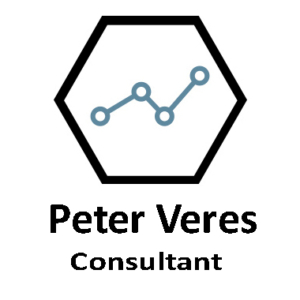Achieving Success In Your Business: Key Strategies For Growth And Prosperity
Building a successful business is an arduous journey that requires dedication, strategic planning, and relentless effort. While there is no one-size-fits-all formula for success, there are certain fundamental principles that can significantly enhance your chances of achieving your goals. In this article, we will explore key strategies that can empower you to drive your business towards sustainable growth and prosperity.
- Define Your Vision and Set Clear Goals:
Before embarking on any business venture, it is crucial to define your vision and set clear, measurable goals. A well-defined vision serves as a compass, guiding your decisions and actions. Identify your long-term aspirations and break them down into achievable short-term objectives. These goals will help you stay focused and provide a sense of direction. Regularly revisit and reassess your goals to adapt to changing circumstances and opportunities. - Develop a Comprehensive Business Plan:
A comprehensive business plan acts as a roadmap for success. It outlines your business objectives, target market, competitive analysis, marketing strategies, financial projections, and operational processes. A well-crafted business plan not only provides clarity to you but also attracts potential investors and partners. Continuously refine and update your plan to align with your evolving business landscape. - Embrace Innovation and Adaptation:
In today’s rapidly evolving business environment, innovation is the key to staying ahead of the competition. Embrace a culture of creativity and encourage your team to think outside the box. Keep a close eye on emerging trends and technological advancements that could disrupt your industry. Be willing to adapt and pivot your business model to seize new opportunities and address changing customer needs. - Build a High-Performing Team:
Your team is the backbone of your business, so it’s crucial to build a talented and motivated workforce. Hire individuals who not only possess the necessary skills but also align with your company’s values and culture. Foster an environment that encourages collaboration, growth, and open communication. Provide ongoing training and development opportunities to enhance skills and knowledge. Recognize and reward outstanding performance to foster a sense of ownership and loyalty. - Prioritize Customer Satisfaction:
Happy and satisfied customers are the lifeblood of any successful business. Focus on building strong relationships with your customers by delivering exceptional products or services and providing excellent customer support. Regularly seek feedback and take prompt action to address any concerns. Leverage technology to enhance customer experience and streamline processes. Going the extra mile to exceed expectations will create loyal customers who will not only return but also refer others to your business.
While success in business is a multifaceted endeavor, incorporating these strategies into your approach can significantly enhance your chances of achieving your goals. Stay committed, adapt to change, and continuously strive for excellence to create a thriving and prosperous business.
